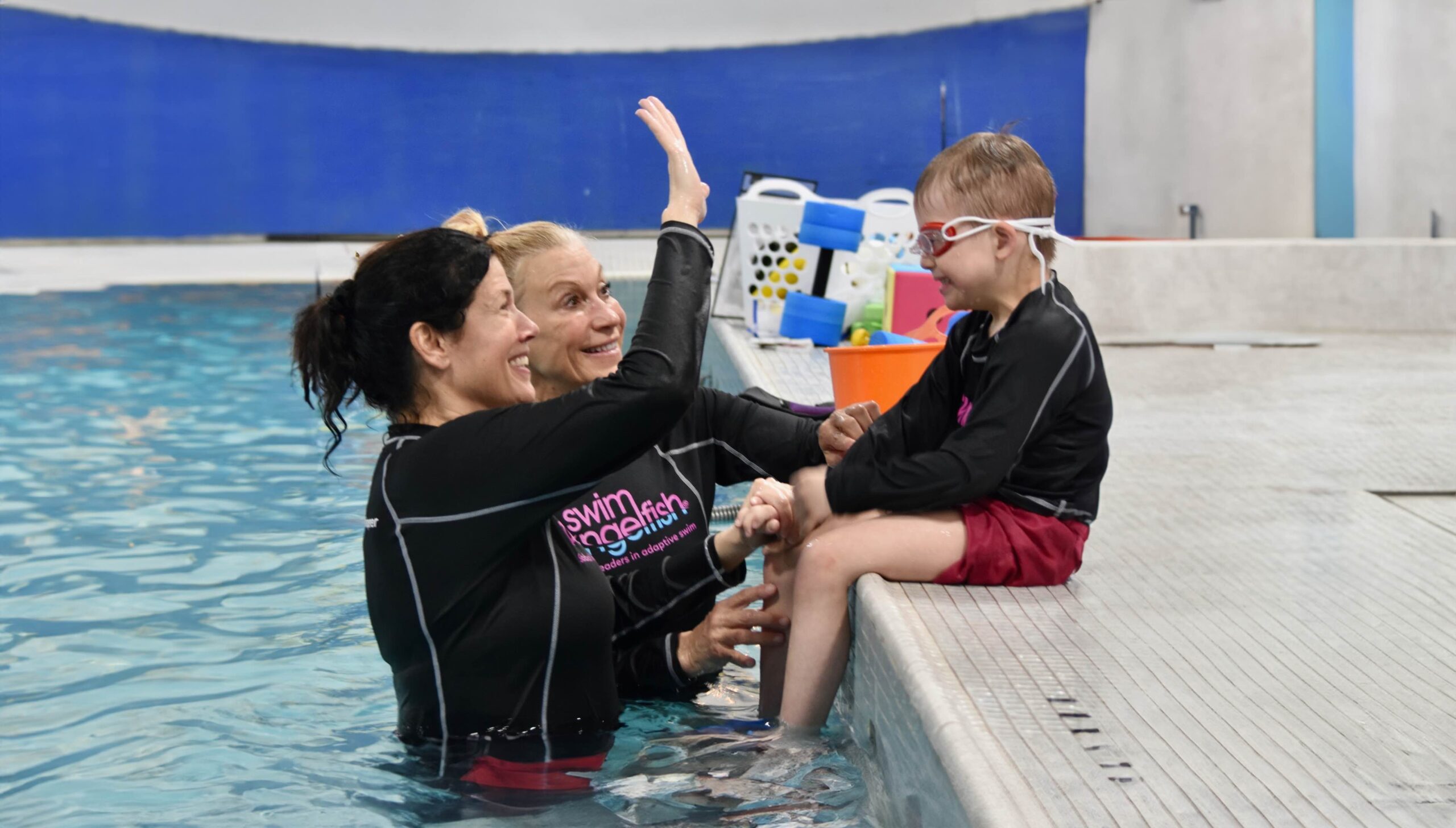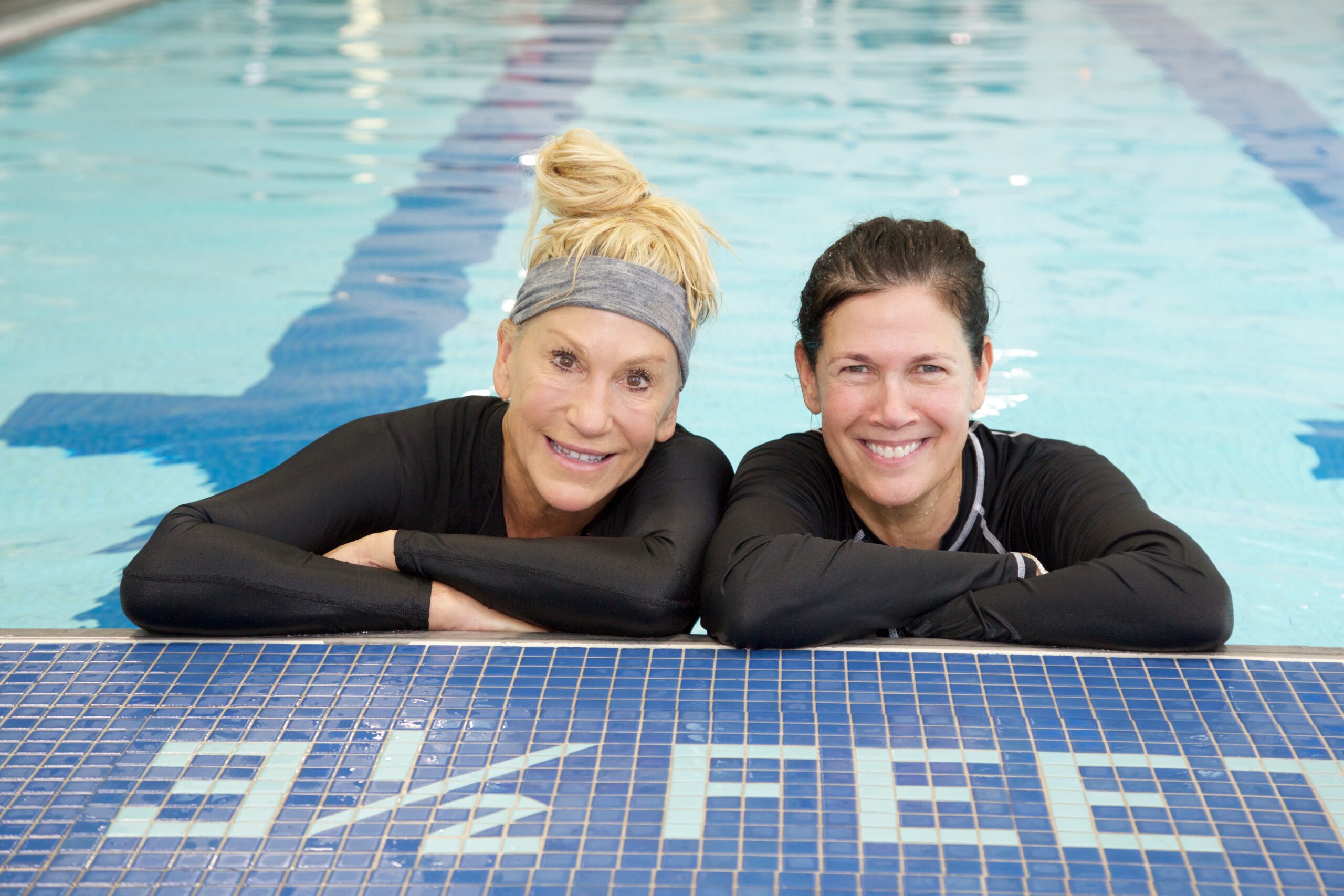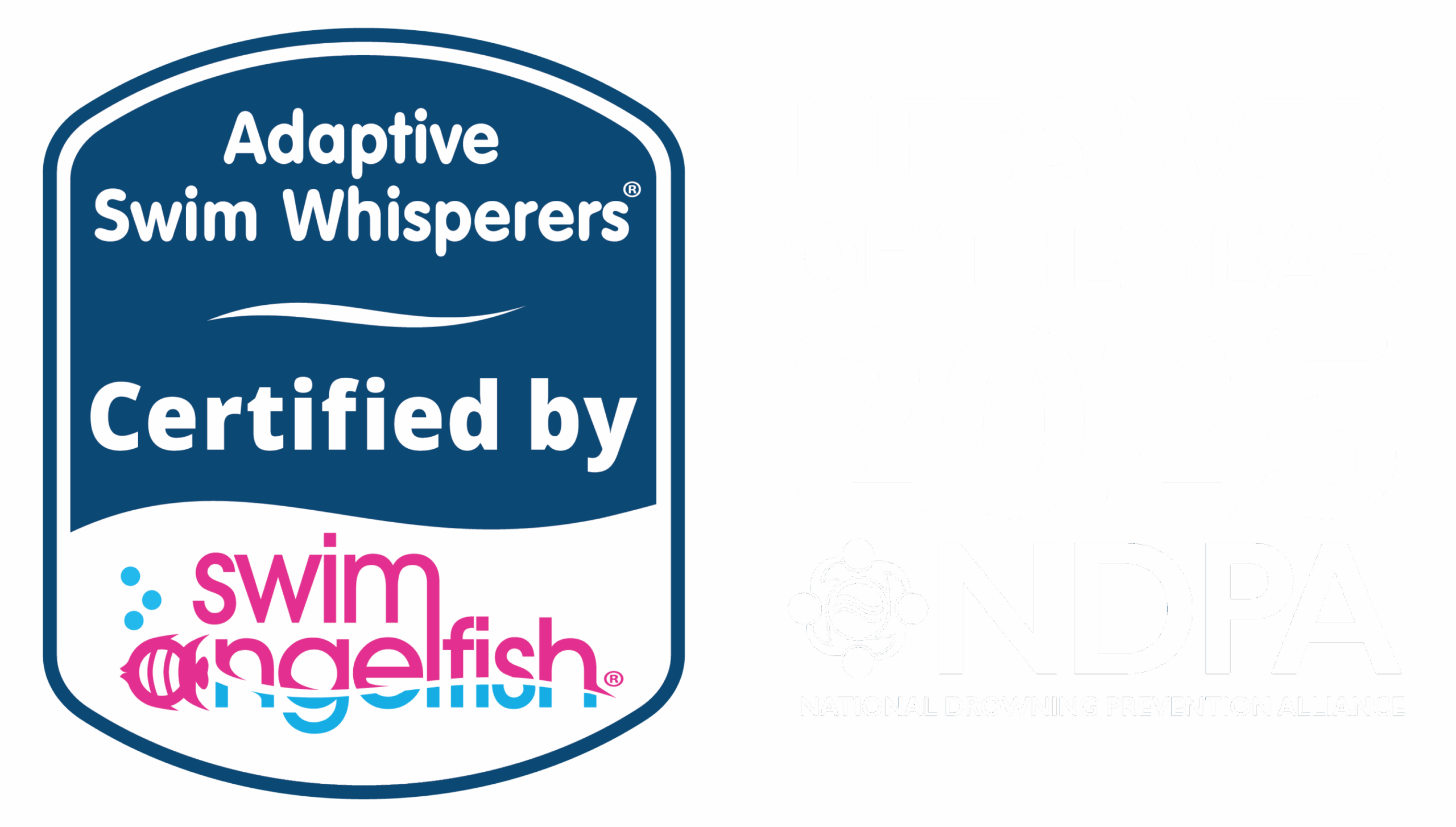Swimming and Autism: Transforming Fear into Confidence

Water can be a scary place after a traumatic experience. It’s completely normal to feel uncomfortable or even afraid of getting back into the pool.
How can you help someone who has experienced a traumatic incident involving water to regain their love of swimming? It is important to be patient and provide a supportive environment for individuals who have experienced a negative water event.
Learn how the Swim Whisperers® Methodology can help individuals overcome water trauma and rediscover their love for swimming.
Water Trauma and the Development of Fear
People can develop post-traumatic stress disorder (PTSD) after experiencing a traumatic event involving water, such as a near-drowning experience or a bad accident.
Traumatic water experiences can leave children fearful, making it difficult for them to learn to swim through traditional methods.
What is a Water Trauma?
Any incident involving water that leaves a lasting negative impact on an individual. This could range from a near-drowning experience to a bad swim lesson as a child.
What is PTSD?
A mental health condition that is triggered by a terrifying event — either experiencing it or witnessing it. Symptoms may include flashbacks, nightmares, severe anxiety, and uncontrollable thoughts about the event.
Overcoming water trauma or swim fear that has caused PTSD takes patience and time with the focus being on nurturing a positive relationship between the individual and water. Certain sounds, smells, or even the feel of pool water could trigger memories of the traumatic event, leading to panic attacks, anxiety or flashbacks.
By using the Swim Whisperers® Methodology, we systematically assess the obstacles hindering swim progress. This approach enables us to support swimmers in overcoming their fears, helping them to get back in the pool and rediscover their love for swimming.
How Brian Overcame Water Trauma: A Swim Whisperers® Success Story
Brian used to love swimming with his family all summer long. In an unfortunate event, Brian sustained a seizure while in the water. Luckily, he was okay but was traumatized from the incident and refused to return to the water. This trauma, combined with his diagnosis of Autism Spectrum Disorder (ASD), was difficult to overcome using traditional methods.
Working with a speech pathologist, Brian’s care team developed social stories and implemented ways to de-sensitize him to the water to help him feel safe, however after 3 years, he had still not returned to the water.
Within 4 lessons with Cindy Freedman, co-creator of the Swim Whisperers® Methodology, Brian was able to comfortably enter the pool and swim across from one side to the other.
Watch to see how the Swim Whisperers® methodology can help swimmers overcome trauma and return to their happy place, the water!
Techniques that work for most students might not be effective for someone with water trauma. When a student is unable to make progress with swim skills, and traditional methods aren’t working, use the Swim Whisperers® method and identify the Areas of Focus and Roadblocks hindering progress.
Identifying the Area of Focus: Wellbeing
Building trust with a swimmer who has experienced a traumatic water event is paramount. Many situations can cause a swimmer to feel anxious, and if a swimmer has had a poor experience with a previous instructor, this could make the swimmer hesitant to trust a new one. One of the easiest ways to build trust is with active listening and by creating a safe space. Truly listening by paying close attention to body language and encouraging students to express their anxieties and concerns about the water are important parts of the healing process.
Identifying the Roadblock: Having Body and Breath Control
Having body and breath control are essential for efficient, safe, and enjoyable swimming. This contributes to a strong foundation for skill development, confidence building, and overall swimming success. When a swimmer is anxious or afraid in the water, their body and breath control can be significantly impacted. This can result in tense muscles, rapid breathing, poor coordination, and loss of focus. The Swim Whisperers® Method shows swim instructors how to create a supportive environment to help swimmers manage their anxiety and regain control in the water.
Patience, Strategies, and Support
Remember, patience is key. Healing from water trauma takes time, and setbacks are normal. Don’t underestimate the importance of collaboration with parents or guardians to create a consistent and supportive approach that extends beyond the pool.
We have 5 additional strategies that can help to support swimmers to get back in the water after a traumatic water incident.
Swim instructors or aquatic therapists who are specially trained in the adaptive Swim Whisperers method can employ a range of Swim Whisperers® strategies to help swimmers navigating water trauma. Ultimately the goal is to guide them back to a positive relationship with the water.



